If you’ve seen an Occupational Therapist (OT) before then you may have heard us suggest ways to reduce risk of falls. As Occupational Therapists we want to prevent you from falling and getting injured and reduce the need to go into a nursing home. We want to stop you falling so that you can keep doing the things that are important to you. A trip, near miss, or fall can lead to injuries and hospitalisation, losing your confidence, or stopping you from joining in on the things you love to do. When we come to visit, our goal is to give practical ideas and suggestions of things you could do to avoid falls.
The purpose of an Occupational Therapist Home Visit is to look at ways to reduce barriers in your home, and ways to increase your independence and safety. We give suggestions that may help to reduce your risk of falls.
Have a look at the way you get in and around your home, such as the front door, back door, entry into the bathroom, and changes in floor heights between rooms. Ideally, minimal to no changes in floor height between rooms is best, but this is not always possible. So, what things could you do to make it easier to go between rooms to reduce risk of falling? Questions we will ask,
From the small dog running under your feet, to floor mats, there are many hazards in homes that you might trip on. Learning to pay attention to the things around you when you’re walking is key. Things to consider,
Overtime as we age, we lose muscle mass and our ability to balance and correct ourselves decreases. If we don’t have strong balance and lower limb strength, we have a higher risk of a near-miss, a trip or a fall. Keeping on moving, walking regularly, and adding in resistance exercises is important for all of us for the rest of our lives.
It’s very easy to trip up when wearing thongs and slippers, or when going barefoot. Supportive shoes are a great way of helping you to improve your walking pattern and reduce your risk of falls. Lace up or Velcro shoes, or enclosed shoes with a supportive and flexible sole are great to reduce your risk of falls and trips. Invest in a good pair of shoes, or even see your Podiatrist to see if orthotics may be of assistance.
There is a lot of equipment that can help you when getting out of chairs, off your bed, and in and out of the shower. OTs may give you ideas of equipment that raises the heights that you need to get on and off things, or give you handles to push up off from. We also work with Physiotherapists who assess if someone would benefit from using a walking stick or walking frame to reduce risk of falls. Sometimes they may recommend a balance and strengthening programme, in combination with a walking aid. Equipment that helps keep you safe when transferring or walking can help to keep you as independent at home as possible. Get in touch with your OT to talk through options that would suit you and your situation.
Prevention is always better than the cure, particularly in relation to falls. Our goal is to reduce your risk of falls where possible, to avoid the chance of you having to go to hospital with injuries or broken bones. If there’s anything you can spot to reduce your chance of tripping or falling over then that’s a good place to start. If you’d like more suggestions and ideas of how to help, book in an occupational therapy home visit. We’d love to give you options and solutions to keep you living at home as safe and independently as possible.
Home modifications, whether funded by NDIS or other insurance schemes, My Aged Care or self-funded, can help you or your loved one to use the …
No matter what our abilities, we are all human, with needs that are important to us.Sex can mean a lot of things to a lot …
As the world is beginning to open up again after the COVID-19 lockdown, many people in the community are still feeling the effects of isolation. …
Over time I’ve observed a lot of mixed messages regarding timeframes for Complex Home Modifications (CHM) for NDIS participants. Different service providers will suggest different …






Phone: (02) 4081 0817
Address: 262 Main Road Cardiff, NSW 2285
ABN 74 625 158 983 | AHPRA Registration: OCC0001714241
Enter your details to express interest in our AT Framework course for 2024.
"*" indicates required fields
Enter your details to express interest in our Community Fundamentals courses for 2024.
"*" indicates required fields
Fill out the form below and one of our team will call you back within 24 hours.
"*" indicates required fields